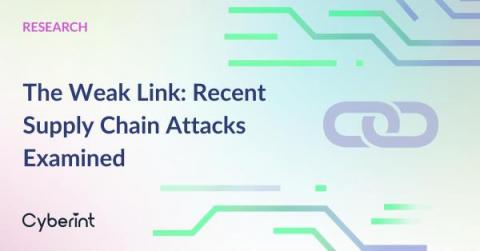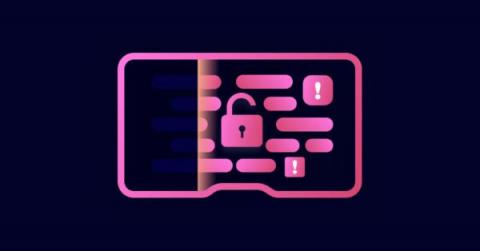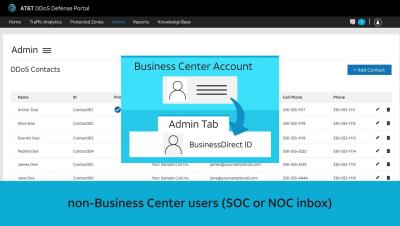The Hidden Threat in Plain Sight: Analyzing Subtextual Attacks in Digital Communications
In our always-online world, we're facing a new kind of cyber threat that's just as sneaky as it is harmful: subtextual attacks. These aren't your run-of-the-mill security breaches; they're cunningly crafted messages that may look harmless—but they actually carry a dangerous payload within them. Join me as we take a closer look at this under-the-radar, but still dangerous, threat.











